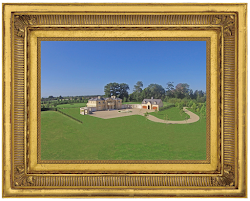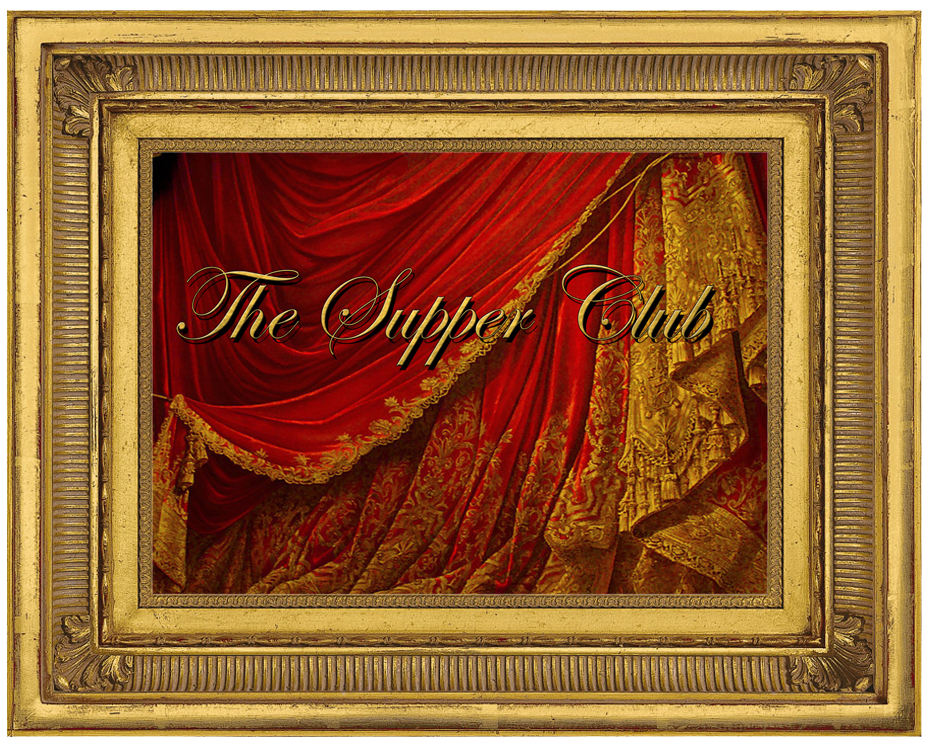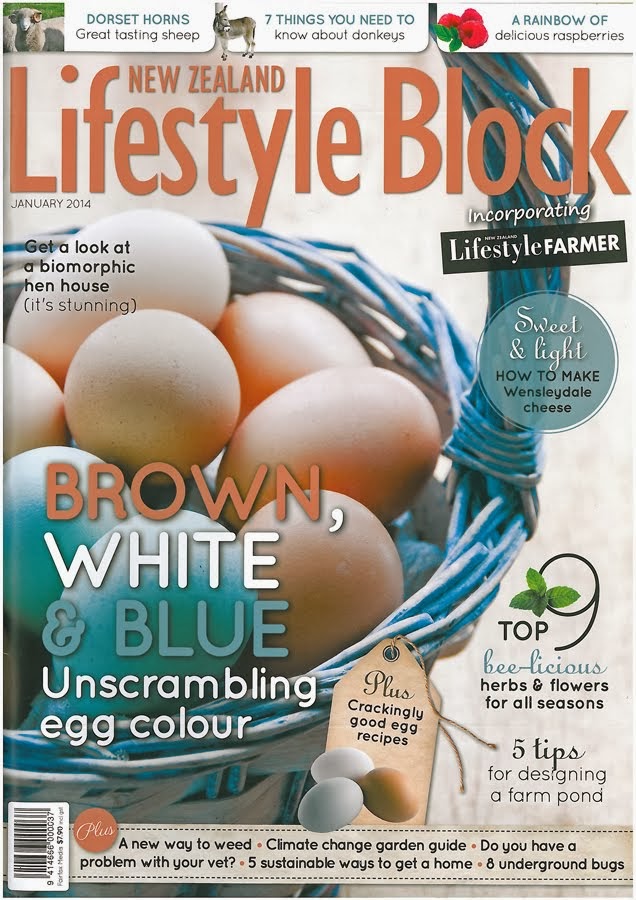
I had never really been a huge fan of Sevres, finding much of it, like Limoges, slightly twee and gaudy. However, somehow these two ended up coming home with me on a recent sojourn and are now in the drawing room...











At that time the brothers Dubois, who were arcanists that fled from Chantilly, had already experimented to produce porcelain at the Chateau de Vincennes. Together with Gravant, they succeeded to produce a type of soft paste frit-porcelain around 1745.
At that time the brothers Dubois, who were arcanists that fled from Chantilly, had already experimented to produce porcelain at the Chateau de Vincennes. Together with Gravant, they succeeded to produce a type of soft paste frit-porcelain around 1745.
At that time the brothers Dubois, who were arcanists that fled from Chantilly, had already experimented to produce porcelain at the Chateau de Vincennes. Together with Gravant, they succeeded to produce a type of soft paste frit-porcelain around 1745.
At that time the brothers Dubois, who were arcanists that fled from Chantilly, had already experimented to produce porcelain at the Chateau de Vincennes. Together with Gravant, they succeeded to produce a type of soft paste frit-porcelain around 1745.
Sevres Porcelain traces its roots in France to early craftsmen in Lille, Rouen. St. Cloud, and most notably Chantilly. In 1738 the workers from Chantilly migrated to the Chateau de Vincennes near Paris and formed a larger porcelain factory. French King Louis XV, perhaps inspired by his mistress Madame de Pompadour, took an intense interest in porcelain and moved the operation in 1756 to an even larger quarters in the Parisian suburb of Sevres. Sevres was also conveniently near the home of Madame de Pompadour, Chateau de Bellevue, built in 1750, and the King's own Palace at Versailles.

Under Napoleon Bonepart, a new director was named for the Sevres operations: Alexandre Brongniart. He resurrected Sevres. Soft-paste porcelain was eliminated altogether thanks to the discovery of kaolin near Limoges. The market started to open up to the middle classes with more reasonably priced items being made, and for the next forty years business boomed. Today the factory is still in operation making fine contemporary china.

























































































